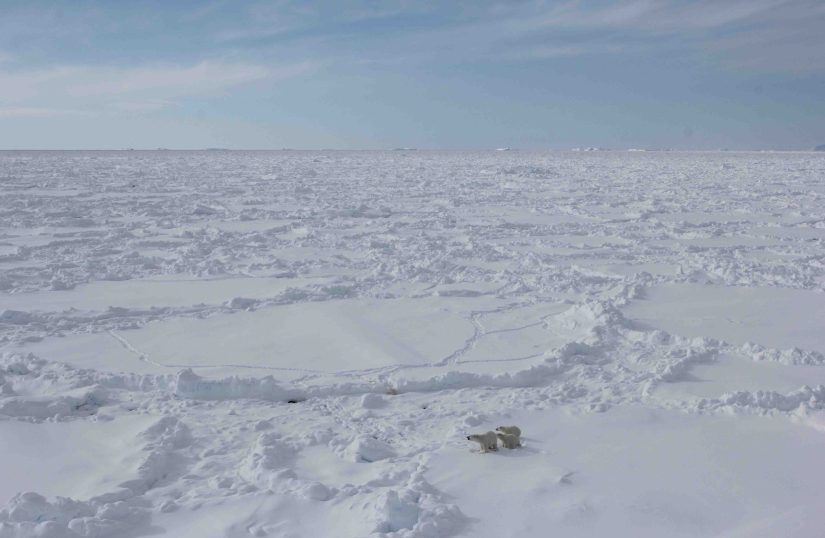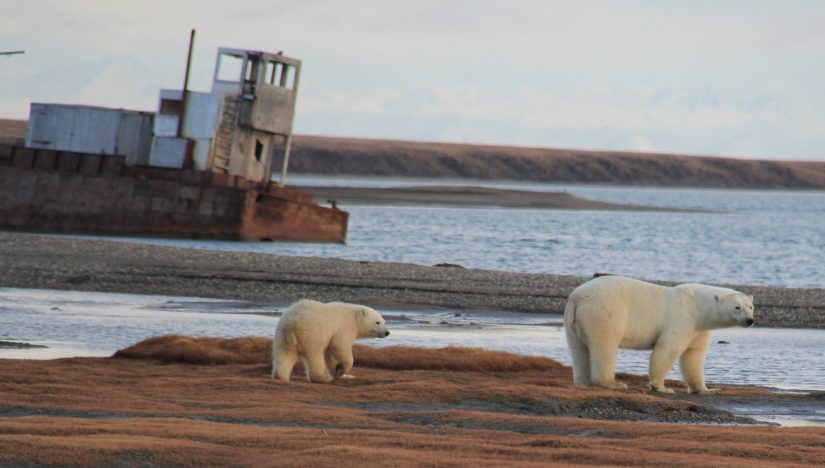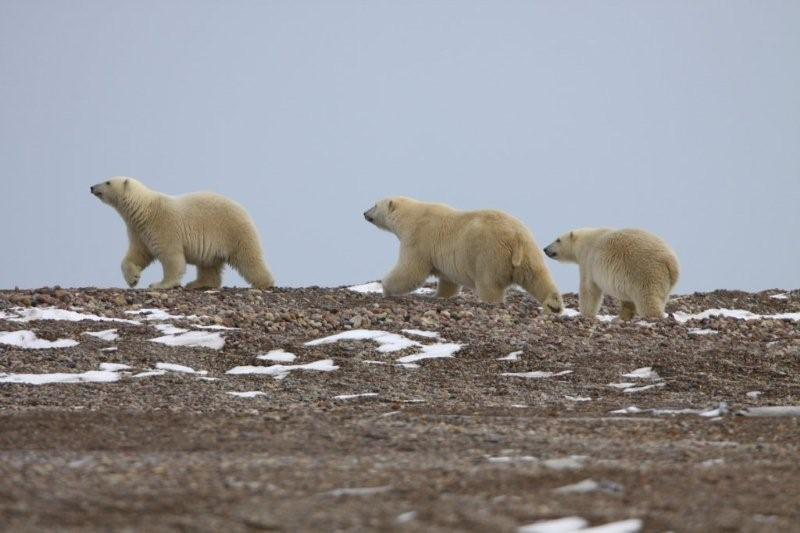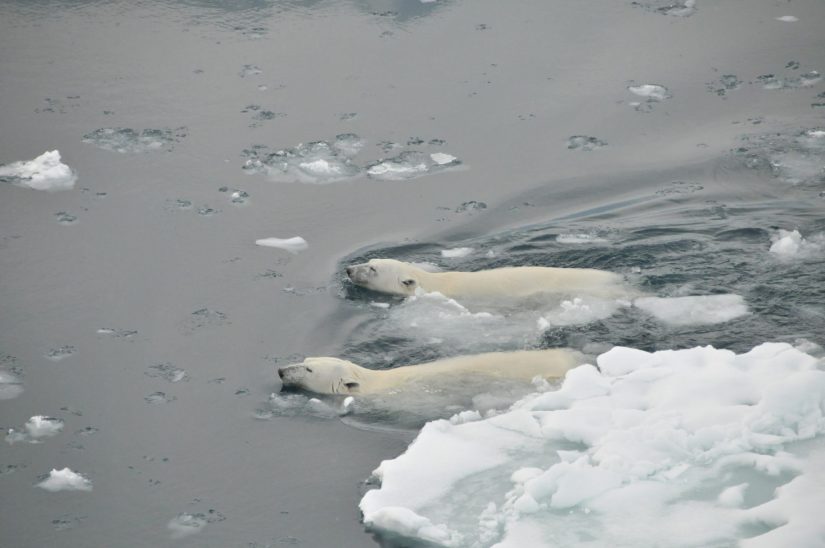Polar bears are metabolic marvels, sustained by a lifestyle of eating fat-rich seals that puts even the keto diet to shame. Each year, bears cycle through periods of intense feasting and prolonged fasting, packing on most of their weight in spring. For reproductive females, seasonal bulking is crucial – it fuels the winter denning and fasting period when they give birth.
Females emerge in spring with their cubs, giving biologists a prime chance to assess the population and count new recruits. Yet, a challenge remains: when a lone adult female is observed, does it mean she denned and lost her cubs, or never denned at all? How can reproductive failure in polar bears be detected? Solving problems like these is key to guiding conservation efforts to protect polar bears.

A familiar tool may hold a clue: A1c, a marker of average blood sugar over the past few months. While most people know A1c as a test to monitor diabetes, a team of research biologists saw potential beyond the doctor’s office. A new study published in the Journal of Mammalogy on June 28 explores whether A1c could reveal if a polar bear had recently denned, which – combined with the absence of cubs – may signal reproductive failure.
The study found that polar bears that recently denned had higher A1c levels than those that had not. Why? Fasting polar bears develop insulin resistance – an adaptation that helps maintain blood sugar levels during extended periods without food. While insulin resistance is a hallmark of type 2 diabetes in humans, in bears, it’s an important physiological response to fasting. Pregnancy adds to this effect, resulting in higher blood sugar in pregnant and perinatal females.
Thanks to its long-term signature, A1c could be a useful tool for field biologists to detect denning and reproductive events. Monitoring polar bear health is more crucial now than ever, in the face of climate change. Efforts like these can make a real difference in conserving polar bears and the Arctic ecosystem they depend on.
This research was led by University of Washington SAFS doctoral student Sarah Teman in Dr. Kristin Laidre’s lab, in collaboration with scientists from the Cincinnati Zoo Center for Conservation & Research of Endangered Wildlife (CREW) and the U.S. Geological Survey (USGS).
To measure A1c, the team analyzed blood samples from wild polar bears in Alaska’s Southern Beaufort Sea, collected during USGS-led population health assessments. A1c is rarely measured in wildlife, so Teman and Dr. Laidre partnered with CREW’s polar bear reproduction experts, led by Dr. Erin Curry, to develop a workable approach. The solution: adapt and validate a test originally designed for dogs and cats to reliably function for polar bears.
“Creative, collaborative science is where cool ideas turn into actual tools to protect wildlife,” Teman said.

The next phase of this research will track A1c levels in the same polar bears throughout the year to better understand seasonal fluctuations – particularly in the weeks leading up to and following denning. The team received a Research and Conservation Grant award from the International Association for Bear Research and Management to continue this work using zoo-housed polar bears.
This project was funded by the National Science Foundation Graduate Research Fellowship Program, the Institute of Museum and Library Services, and the USGS Ecosystems Mission Area.
For inquiries, contact Sarah Teman at steman@uw.edu



